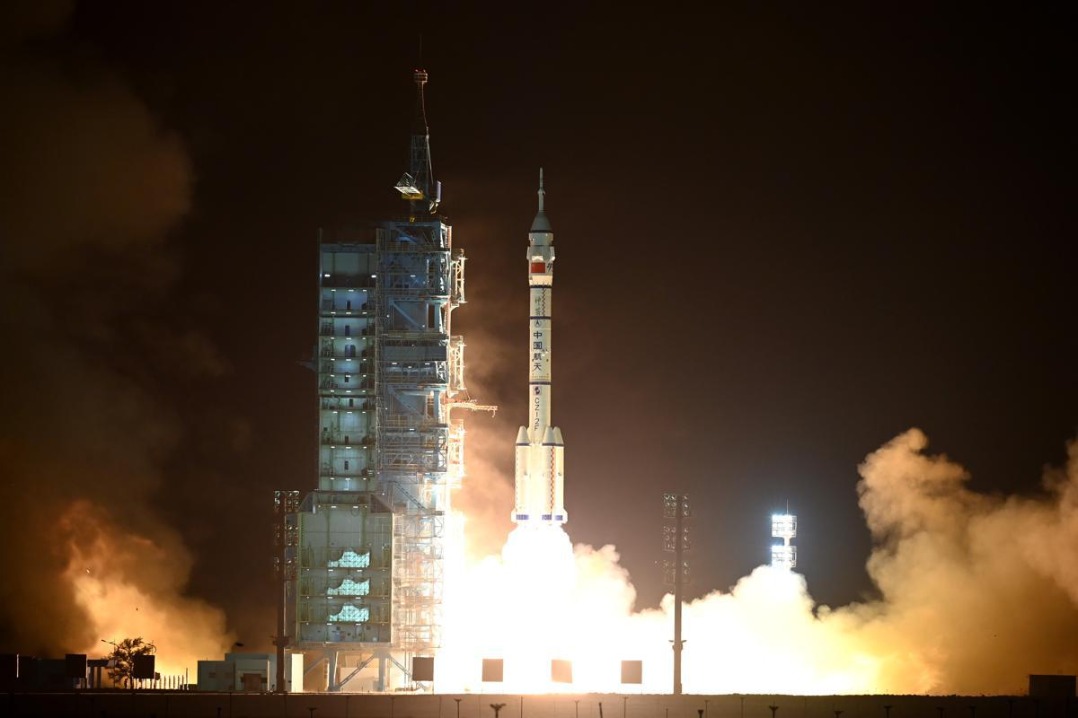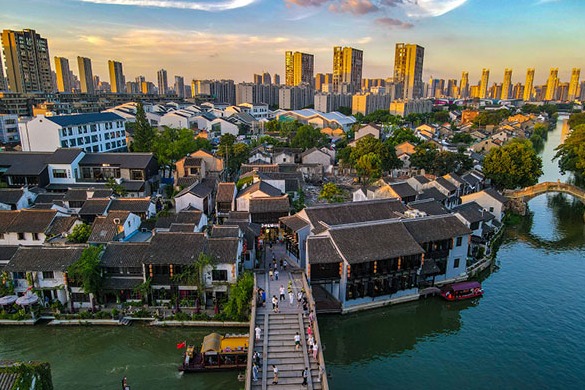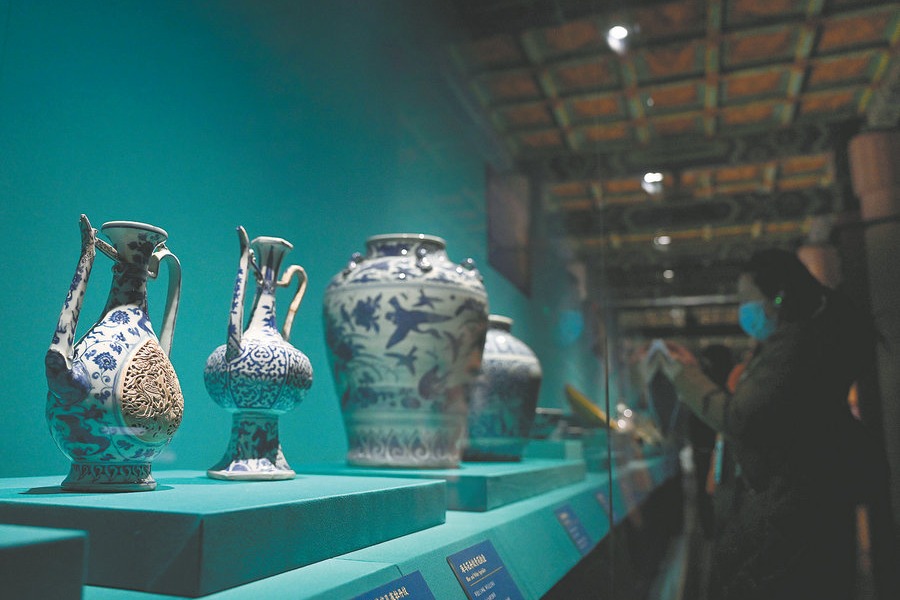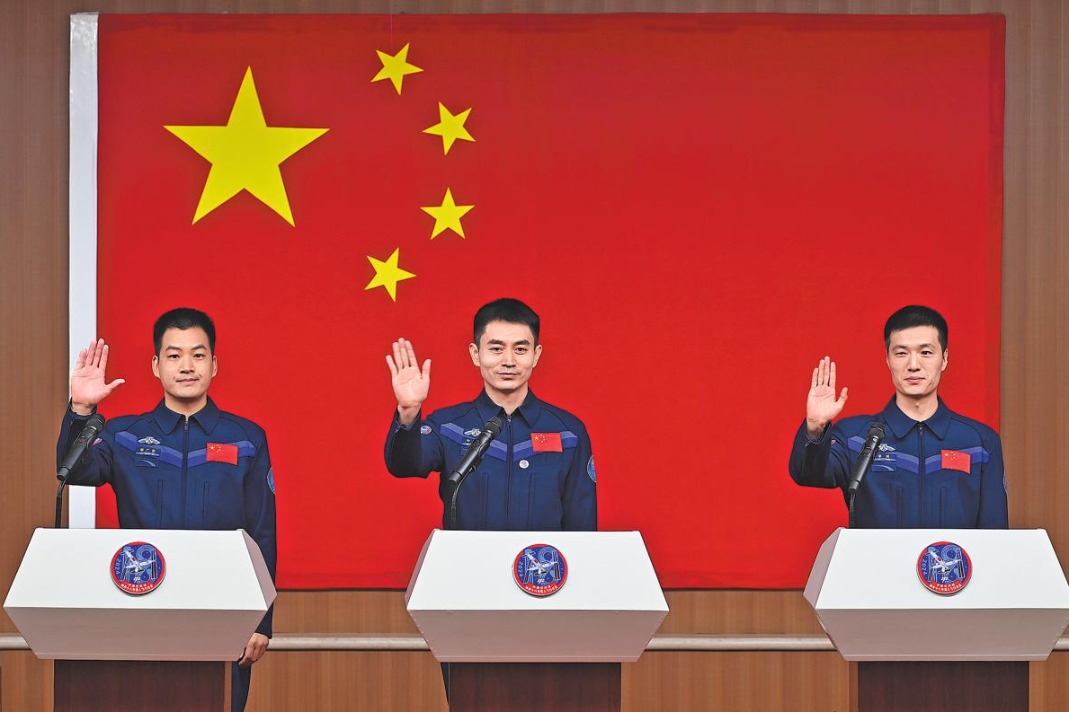Market-oriented approach a must for car projects

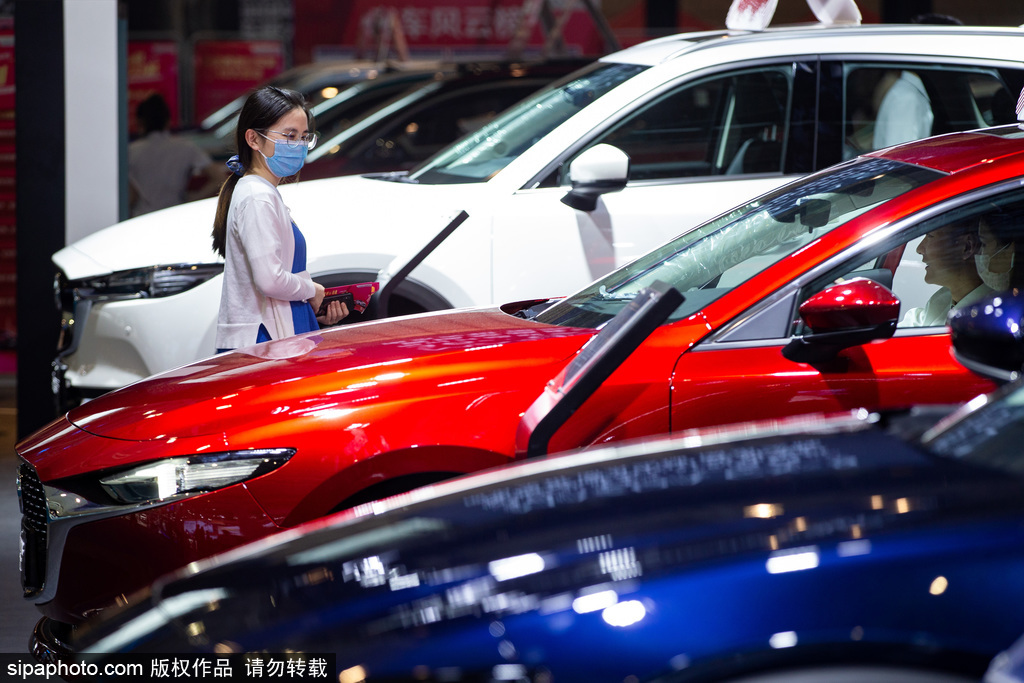
Production at Jiangsu Saleen Automobile Technology Co. Ltd, once a star among the newly emerging automobile manufacturers in Rugao, Jiangsu province, has reportedly come to a halt. The factory has been sealed off, its accounts have been frozen, and all employees have left.
Wang Xiaolin, chairman of Jiangsu Saleen Automobile Technology Co Ltd, allegedly fled to the United States with 6.6 billion yuan ($949 million) of State capital and engaged in a war of words with the local government. The enterprise's shutdown casts a huge shadow on the future of Rugao's new energy vehicle sector.
Saleen is not the first vehicle project that failed in Rugao. Media reports show that in recent years at least three vehicle projects have failed in this county-level city in the eastern province.
Until a few years ago, it was very common for local governments in China to bet on the prospects of the new energy car industry, with the country extending solid support to the sector's development.
Between 2015 and the first half of 2017, more than 200 new energy vehicle production projects were launched nationwide, involving an investment of more than 1 trillion yuan and a planned production capacity of 21.24 million vehicles. However, with the end of State subsidies and a decline in car sales beginning 2019, the number of the once-prosperous new energy auto manufacturers has fallen to about 40. Quite a few local regions that introduced the industry are now caught in a dilemma.
It is very normal for local governments to favor automobile manufacturing, given its long industrial chain and high output value. However, the automobile industry has a certain threshold for technology, talents and industrial foundation, which means the sector's unregulated development is fraught with risks.
In addition, all kinds of new energy vehicle manufacturers that have emerged in recent years have proved to be industrial bubbles and the subject of much capital speculation. By launching new energy automobile projects, what some local governments pursue is an industrial radiation capacity toward related industries, but what capital pursues may be lower-priced land plots.
For a highly market-oriented industry, whether it is to attract outside investment, or intended to be supported by the authorities, any government intervention should be carefully calibrated, and more attention paid to risk control. Many local governments try to attract automobile production projects by offering considerable policy support, but in the end a lot of them end up as failed projects.
Therefore, no matter how local governments try to introduce automobile projects as a way of stimulating local economic development, they should first of all adopt a market-oriented approach and create a better business environment instead of direct investment.
















